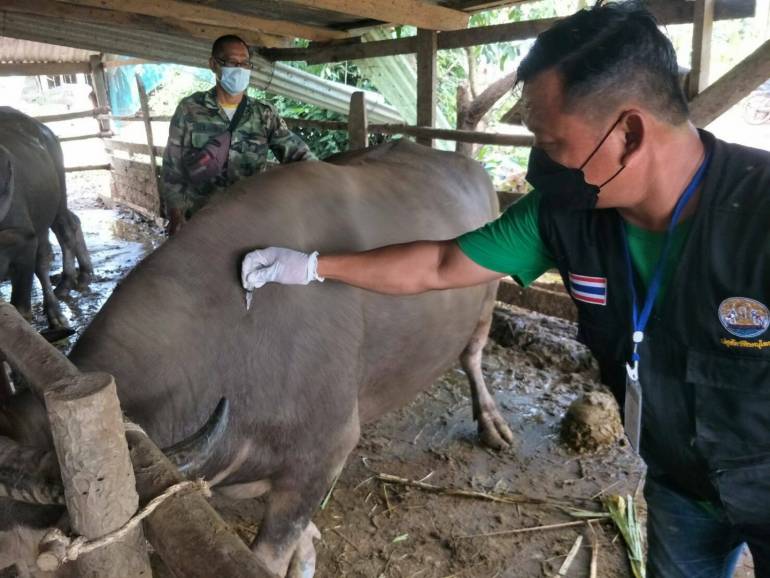



Article by: Hari Yellina
The potential of lumpy skin disease affecting Australia’s cattle industry has prompted the activation of crisis response protocols and emergency meetings. John McKillop, chair of the Red Meat Advisory Council, said the industry’s crisis response, known as CRIMAC, was now in position. Meanwhile, the Queensland government has convened a meeting in Brisbane with industry executives and other stakeholders to discuss the threat. The formation of a high-level cross-industry taskforce was agreed upon by CRIMAC to ensure coordination and collaboration across all concerned industry sectors. Senior leaders from RMAC, the National Farmers’ Federation, the Australian Dairy Farmers’ Association, and industry service providers make up the taskforce.
“The red meat and livestock sector triggered its crisis response procedure, or CRIMAC, in light of the severe risk posed by the announced existence of Lumpy Skin Disease in Sumatra, Indonesia,” according to John McKillop, independent chair of the Red Meat Advisory Council. “The taskforce’s membership assures the required capabilities while staying sufficiently high level and effective,” Mr McKillop said. Technical or operational operations will be handled by committees as established by the taskforce.
During the first meeting, four skill-based committees were formed:
“These committees are in the process of being formed, with the committee membership ensuring broad industry representation and capabilities from State Farming Organizations, Peak Industry Councils, and your department, as applicable,” Mr McKillop added. While the disease had been verified in livestock in Indonesia, Queensland’s Minister for Agricultural Industry Development and Fisheries, Mark Furner, stated there was no evidence of it in Australia. Mr Furner stated, “We are working hard in coordination with the federal government, other states and territories, industry, and veterinarians to have measures in place to control the dangers.”
Lumpy skin disease is a highly contagious skin disease spread by biting insects that affects cattle and water buffalo. Cattle with this disease can develop huge skin growths across a considerable portion of their body, causing the animal to become ill and eventually die. Emaciation, decreased milk output, damaged hides, and reproductive losses are all effects of the disease, which could jeopardise our market access. Even if an animal recovers, it may remain in poor health for a long time.
“The disease is not present in Australia. We want it to stay that way.” He advised cattle and dairy producers to be mindful of the disease’s symptoms and to report anything suspect to Biosecurity Queensland on 13 25 23 or the Emergency Animal Disease Watch Hotline on 1800 675 888 as soon as possible.